Twin wall polycarbonate - Question
Julia WV (6b)
12 years ago
Featured Answer
Comments (22)
karin_mt
12 years agoJulia WV (6b)
12 years agoRelated Professionals
Maple Valley Landscape Architects & Landscape Designers · Bridgetown Landscape Architects & Landscape Designers · Lakewood Landscape Architects & Landscape Designers · Palm Springs Landscape Architects & Landscape Designers · Canby Landscape Contractors · Chesapeake Ranch Estates Landscape Contractors · Edinburg Landscape Contractors · Edwardsville Landscape Contractors · Golden Gate Landscape Contractors · Oxnard Landscape Contractors · Red Oak Landscape Contractors · San Bruno Landscape Contractors · West Chester Landscape Contractors · Westford Landscape Contractors · Chatsworth Solar Energy SystemsSlimy_Okra
12 years agokarin_mt
12 years agokudzu9
12 years agoJulia WV (6b)
12 years agoSlimy_Okra
12 years agoJulia WV (6b)
12 years agooakhill (zone 9A, Calif.)
12 years agoJulia WV (6b)
12 years agooakhill (zone 9A, Calif.)
12 years agobarrie2m_(6a, central PA)
12 years agooakhill (zone 9A, Calif.)
12 years agoJulia WV (6b)
12 years agooakhill (zone 9A, Calif.)
12 years agodigdirt2
12 years agoJulia WV (6b)
12 years agopenfold2
12 years agooakhill (zone 9A, Calif.)
12 years agoJulia WV (6b)
12 years agoHU-897455889
5 years ago
Related Stories
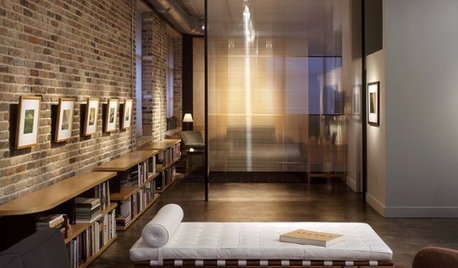
MATERIALSMaterials Workshop: Polycarbonate — a Low-Cost Alternative to Glass
Looking for something lighter, stronger and less expensive than glass? Multiwall polycarbonate may be a good option
Full Story
EXTERIORSWhere Front Yards Collide: Property Lines in Pictures
Some could be twins; others channel the Odd Couple. You may never look at property boundaries the same way again
Full Story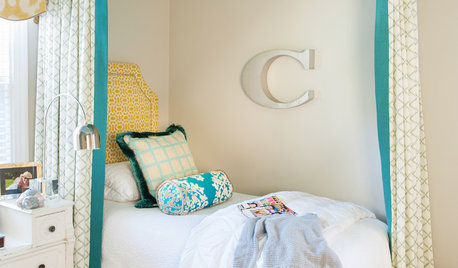
ROOM OF THE DAYRoom of the Day: Color and Pattern Transform Tweens’ Bedroom
Extra storage, elegant details and a creative privacy solution give twin sisters their dream room in 120 square feet
Full Story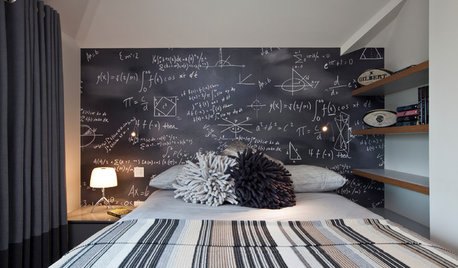
DECORATING GUIDESWhich Rooms Get the Oscar?
On the eve of Hollywood’s night of nights, we bring you top films from the past year and their interior twins
Full Story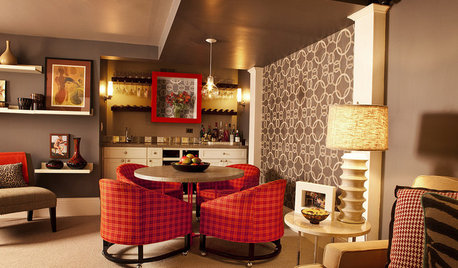
DECORATING GUIDESDesign Dilemma: How Do I Get a 5th Avenue Style?
The Decor Demon Comes to the Rescue in the Questions Board
Full Story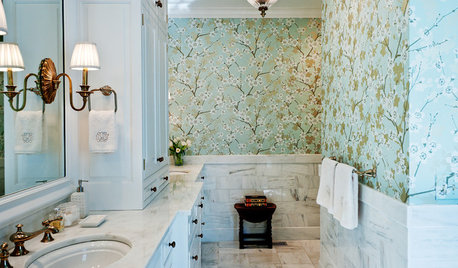
WALL TREATMENTS11 Ways to Roll With Wallpaper All Over the Home
Ditch the misconceptions and latch on to some great ideas for decorating your walls with patterned, textural and colorful wallpaper
Full Story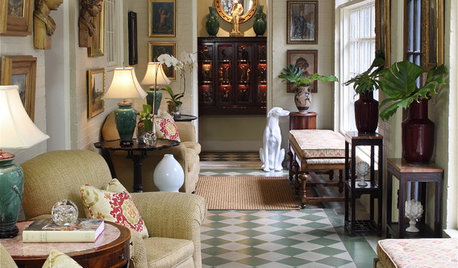
DECLUTTERINGClutter vs. Keepers: A Guide to New Year's Purging
Simple questions to get in touch with your clutter comfort level — and figure out what needs to go
Full Story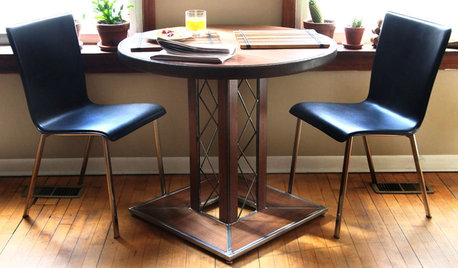
LIFEHow to Navigate an Extended Guest Stay
Keep sharing living quarters a positive experience by pondering the answers to these questions in advance
Full Story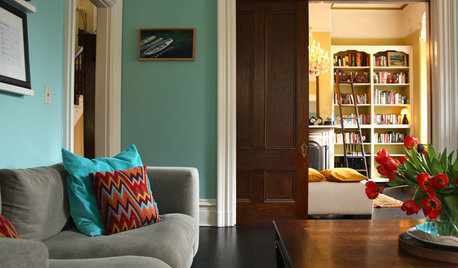
REMODELING GUIDESPocket Doors and Sliding Walls for a More Flexible Space
Large sliding doors allow you to divide open areas or close off rooms when you want to block sound, hide a mess or create privacy
Full Story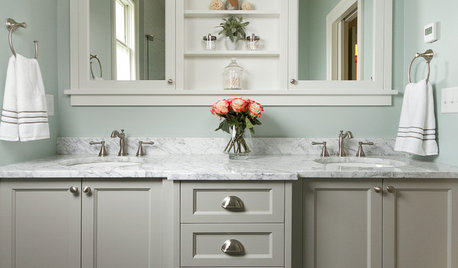
BATHROOM DESIGNShould You Get a Recessed or Wall-Mounted Medicine Cabinet?
Here’s what you need to know to pick the right bathroom medicine cabinet and get it installed
Full Story






Advance Greenhouses